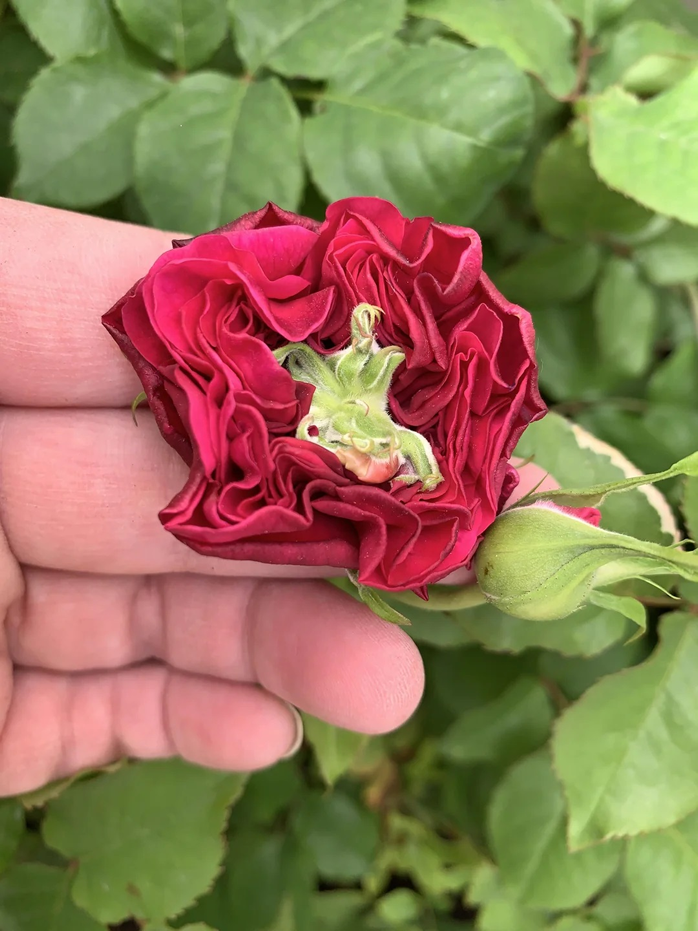Why Is My Plant Acting So Strangely?

Red rose with a green center
By Cindy Bruecks
I’ve received a few Hotline questions asking why a particular plant is acting “out of character”. I’ve seen reports of citrus behaving poorly for no apparent reason, perennials that are not following their “standard” springtime routine, and annuals that clearly have no notion of what the calendar says about the current date. Our own Rita Perwich, MG and Consulting Rosarian, recently had an article in the “San Diego Union Tribune” describing how roses have been acting oddly, sprouting green shoots in the middle of a flower bud (see photo), or showing signs of any number of fungal diseases. These behaviors mainly stem from our recent “unprecedented” weather -- that is, all that rain. To date, San Diego Airport has received 13.84” when the average is 9.33”. Last year, we had received 6.08” by this time, so plants have seen double what they had last year. Areas around the county experienced not only extreme rainfall but resultant flooding and landslides. It has been a roller-coaster ride of a winter/spring season.
One result of all the rain has been sodden and saturated soils. Those of us with clay soil generally have a tough time getting the soil wet to a good depth, because the clay is resistant to water flowthrough (percolation). Those with sandy soil have not had the same issues. But my suspicion is that some of the plants acting strangely are doing so because they live in heavy soils that are not only slow to allow percolation, but also are slow to dry. Wet feet are bad for any but a streamside or bog plant. Your Acora is likely looking better than ever while your deep-rooted trees may be looking like they have been suffocating. When water fills the spaces between soil aggregates, the oxygen that would otherwise fill those spaces is not available to plant roots. Plants need water to live, yes, but they also need oxygen from the soil. And water-logged heavy soils can suffocate the plants that live in them. Yellow leaves and excessive leaf drop may be the result.
Another anomaly is the amount of chill we’ve observed. Many fruit trees have chill-hour requirements, so a colder winter/spring might only serve to ensure a good harvest later in the season. Our sub-tropical garden plants, however, abhor the cold and really want to inhabit the warm understory. Cold and wet is not their first choice. This can also affect bulbs of all sorts. Many of our California natives are accustomed to waiting for the end of winter rains to burst forth in bloom or growth, but exotics are expecting warm conditions, and don’t respond well to increased wet cold.
What to do? Gardening teaches patience, or at the least gives us the opportunity to learn patience. It may also be wise to expect some additional plant loss among introduced exotics. Take a hard look at the rainfall your exact microclimate received and consider the cultural needs of plants you observe doing poorly right now. This can be an opportunity to see the effect of different conditions without a change in location. In other words, ride it out but be ready to modify your plant palette in order to accommodate the next set of weather changes.
Cindy Bruecks has been a Master Gardener since 2005.

